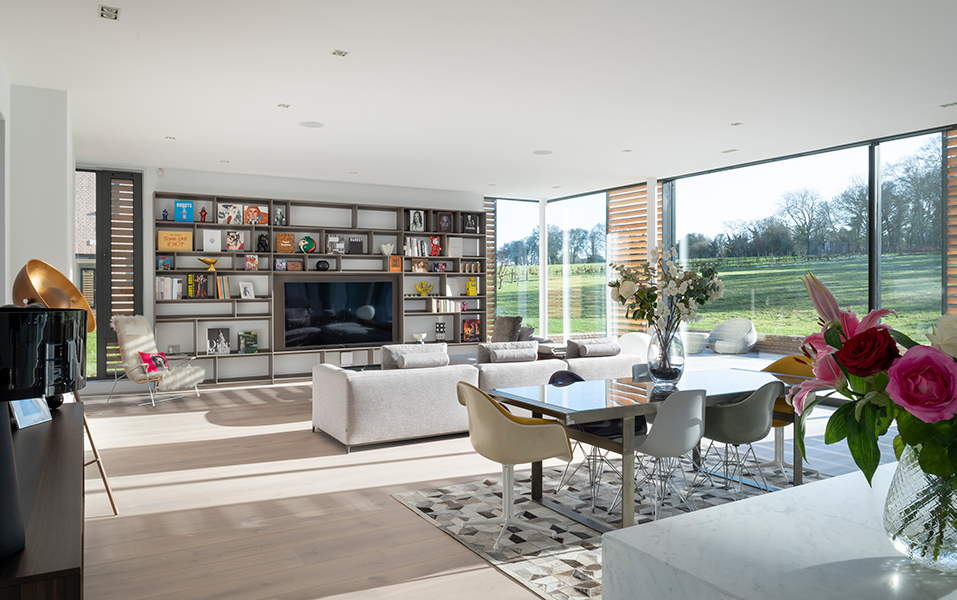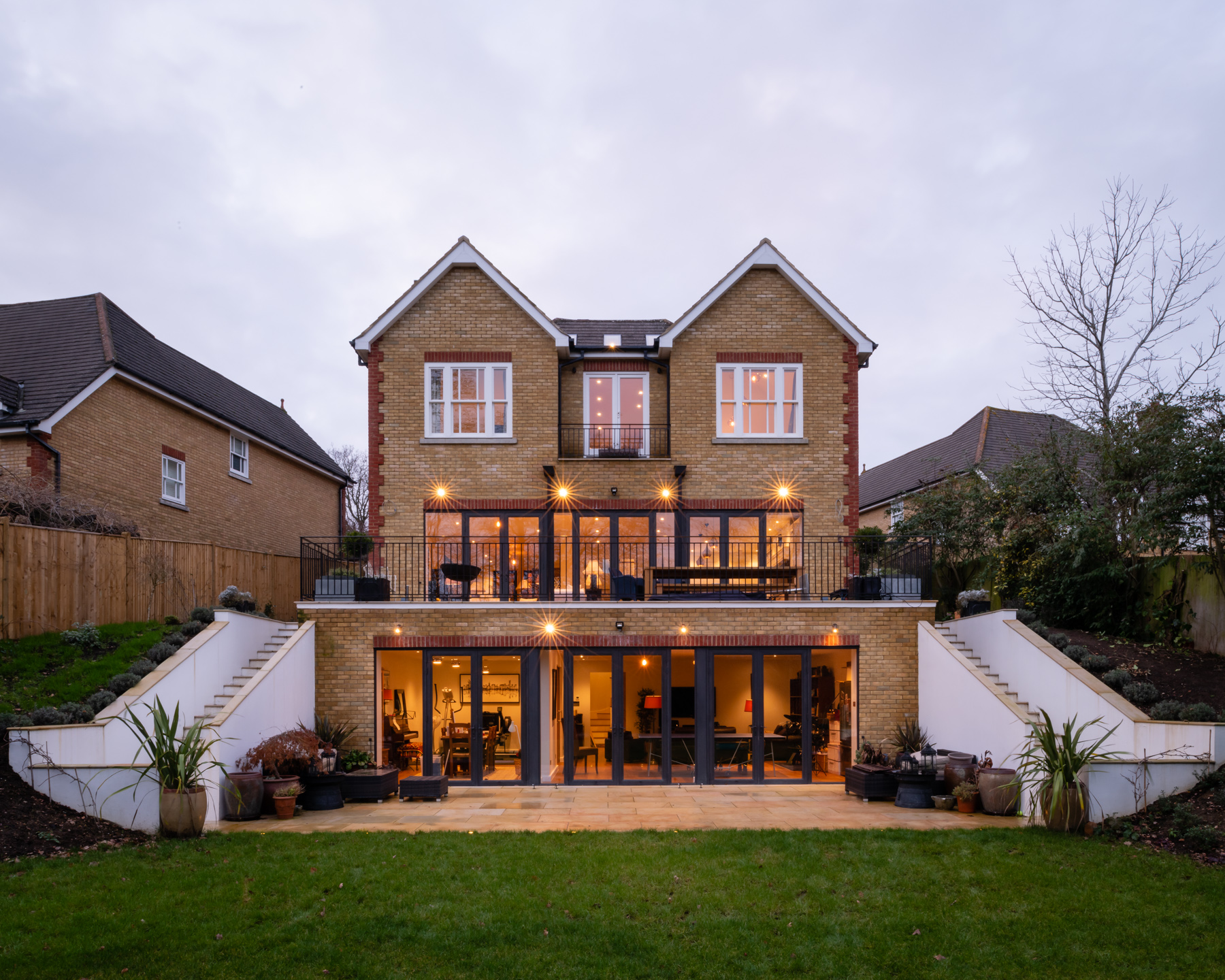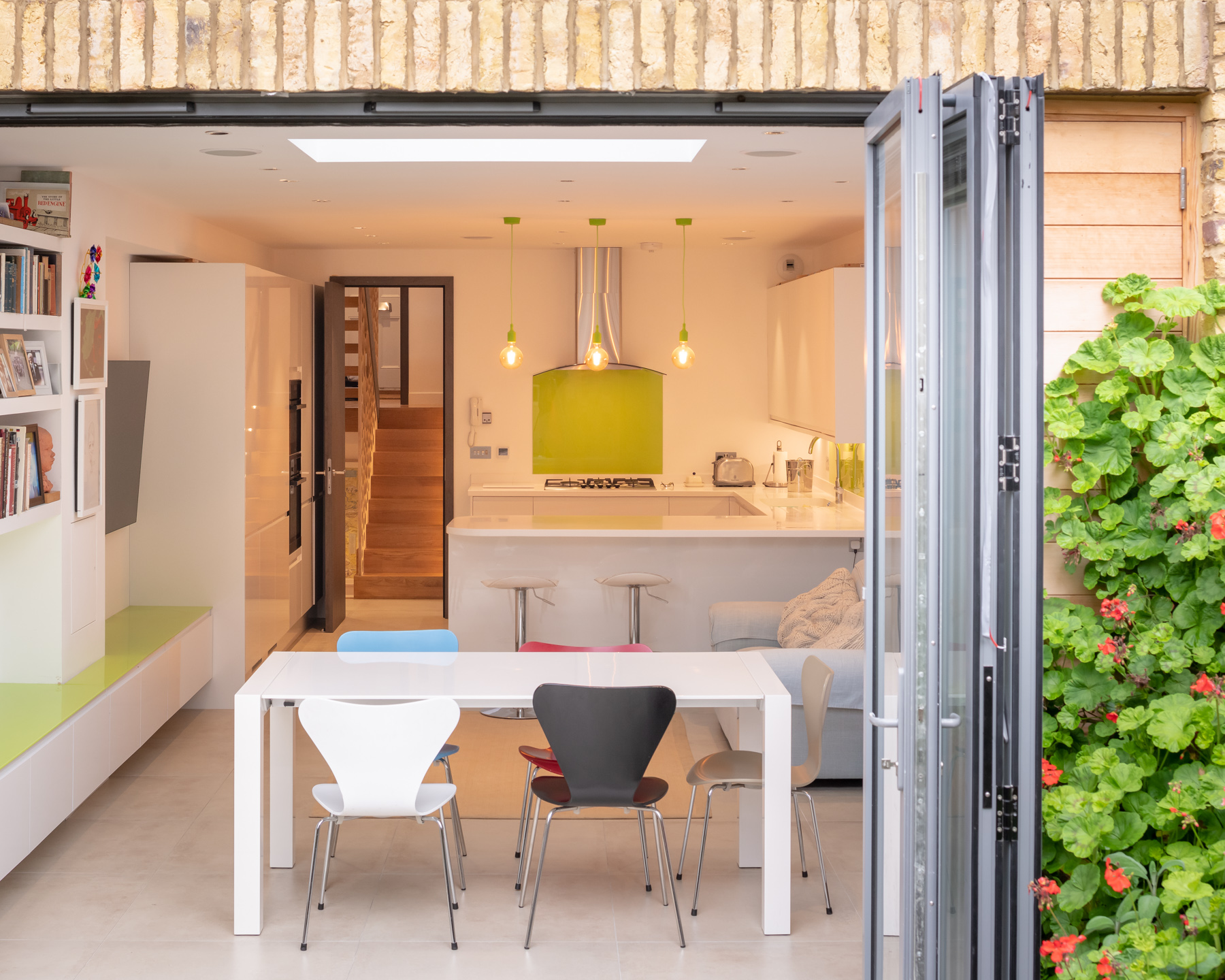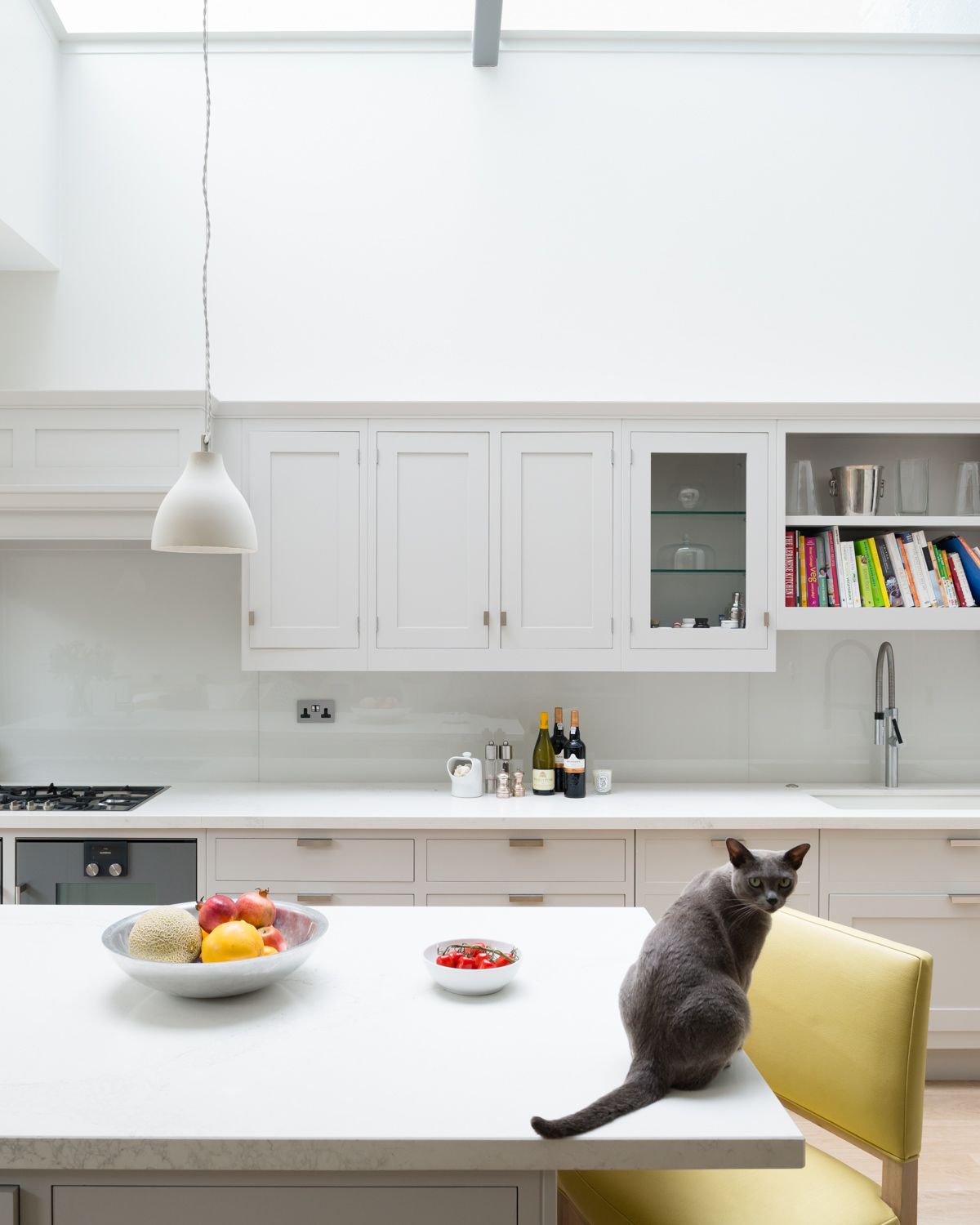When you are planning to extend, renovate or build a new home, the value of good architectural design should not be under-estimated.
Adams+Collingwood have specialised in residential architecture for over 25 years. We bring design sensibility, logic and experience to every project and also provide the less glamorous – but equally important – services such as optimising floor plans, specifying materials and equipment, and proper oversight right through from design to delivery.
Good design can provide more than financial gain. In our experience there are five ways that good design will increase the value of your home over its’ lifetime:
1. A healthier and happier family
Well-designed spaces will give you a better quality of life and improve the health and wellbeing of you and your family.
We design spaces that you’ll enjoy living, working and growing into. We are passionate about creating spaces which improve wellbeing and happiness and we want our clients and their family, friends and visitors to enjoy our architecture.
Comfort, happiness, pride, safety and ambience may seem like intangible benefits in the short term. But over time, they have a direct correlation on your physical and mental health – and ultimately have direct impacts on the health of the occupants.
Our architects are mindful of creating homes with plenty of natural daylight and fresh air wherever possible and our future-proof designs maximise the space you have to make your home easily adaptable over its lifetime.
2. Improved productivity, functionality and efficiency
Good design can save you money is by improving productivity, functionality, and efficiency in your home. We will work with you to lay out spaces and task areas in your home in an optimised and logical manner.
Adams+Collingwood pride ourselves on listening to our clients. We will ask you to describe your behaviours, tendencies and workflows, to enable us to design a unique and personalised layout. We strive to carve out usable space in areas that may otherwise be seen as wasted space. Providing additional programmable space without increasing the size of the home is always good. Improving the space utilization (ratio of gross square footage to net usable square footage) of your home also adds value; Who wants to pay for unusable space? Who wants to heat and cool unusable space?
3. Lower construction costs
As designers we like to work with affordability in mind. Efficient floor plans, simple home designs, and cost-effective material selections are just a few of the ways we reduce construction costs.
We prefer to flush out the design before construction is underway. Making changes during the design process is much less expensive than during construction when changes could be costly to implement. This also means satisfying building regulations early on so that you don’t have to change things during construction phase.
We pride ourselves on our detailed approach to our drawings. Often complimented by builders and local authorities, our thorough construction drawings help builders provide accurate construction estimates – instead of having to make often inaccurate assumptions based on simplistic drawings. Understanding the true cost of the project before construction begins is a good way to evaluate whether to move forward or find areas where you can reduce costs.
4. Lower lifecycle costs
Surprisingly the upfront design and construction cost of an architectural project only accounts for around one quarter of the total lifecycle cost of that project.
Reducing the upfront cost is good, but finding ways to reduce the remaining three-quarters could yield the largest amount of savings for you.
Over the useful life of a house, the upfront capital cost pales in comparison to the operation and maintenance cost. We design buildings to last, and choosing efficient and cost-effective materials will save you money month after month, adding up to huge savings over time.
We often assume the role of contract administrator on our projects to ensure the house gets built to meet the drawing requirements and follow leading industry and environmental standards. For example, investing in building materials and construction methods that ensure your home is well insulated and airtight will radically lower the long-term cost of heating and cooling, and reduce your carbon footprint.
5. Higher market value and a better investment
Put simply: Good design sells.
A well-designed house has a higher market value, resale value, and is a better investment than most traditional homes. We will improve the functionality, efficiency, and visual appeal of your home, so when or if you do need to move on, your property value will increase.
Get in touch with Adams+Collingwood Architects to start planning your project.
Read more about our advice for homeowners here.




